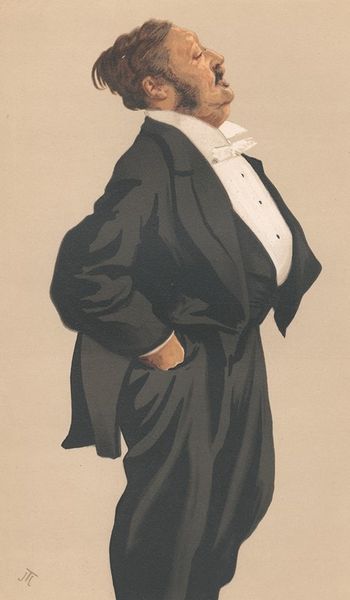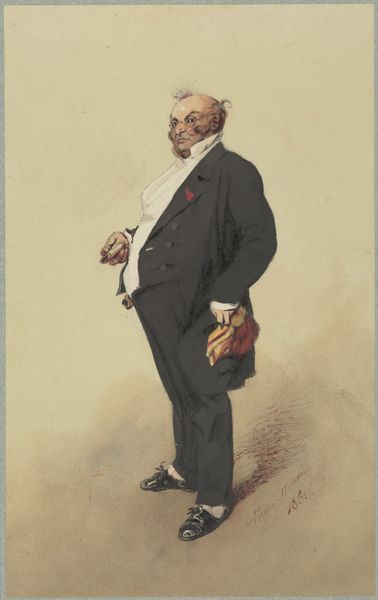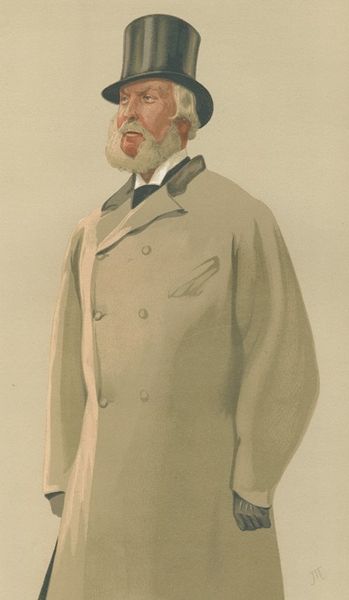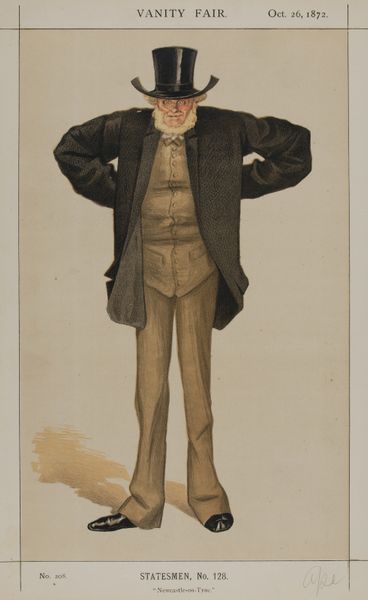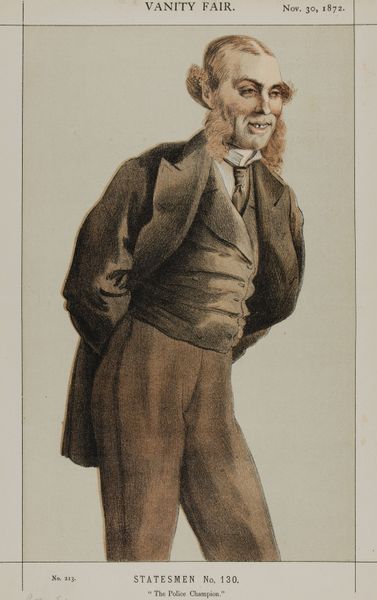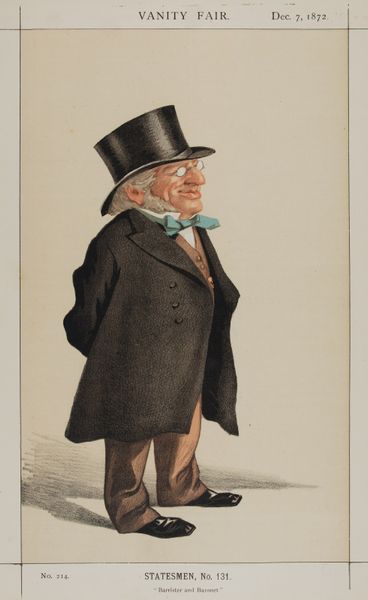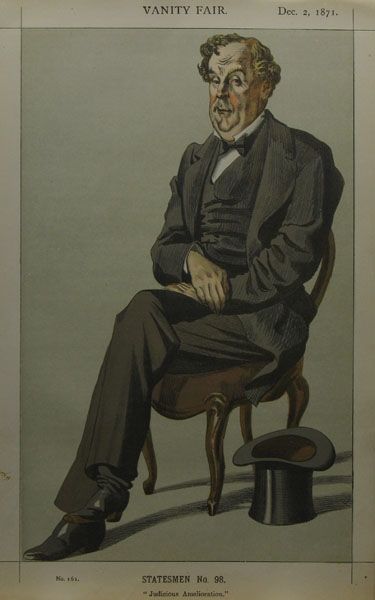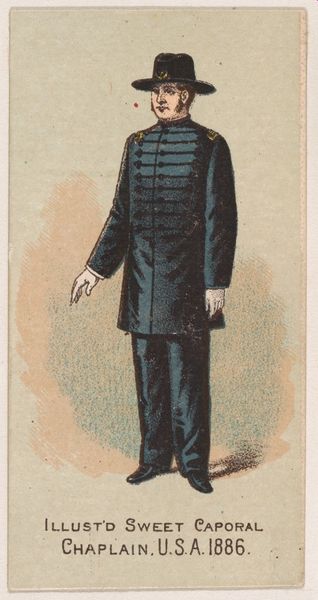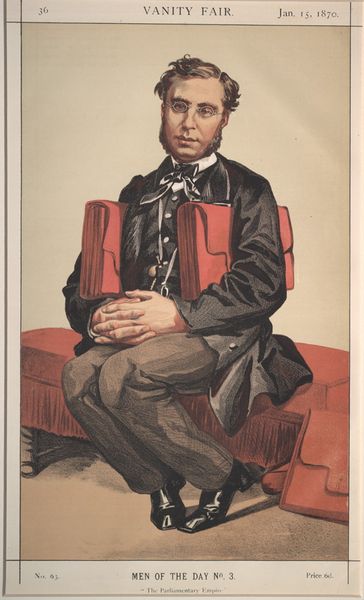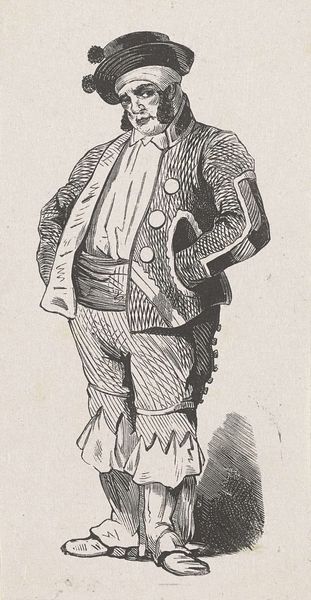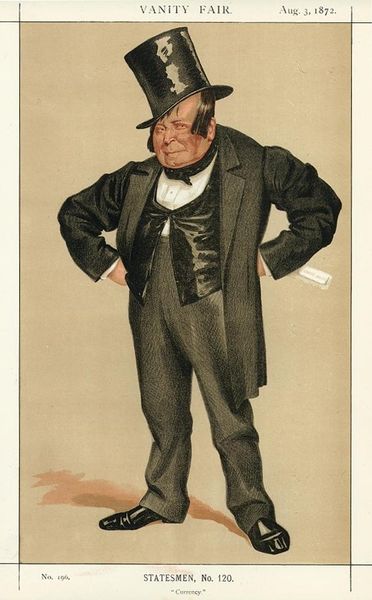
Vanity Fair – Businessmen and Empire Builders. ‘a retired Financiers’. Mr. Henry Louis Bischoffsheim. 4 March 1876 1876
0:00
0:00
drawing, ink, pen
#
portrait
#
drawing
#
caricature
#
caricature
#
ink
#
pen
#
realism
Copyright: Public Domain: Artvee
Editor: This ink and pen drawing by James Tissot from 1876, titled "Vanity Fair," offers a rather pointed caricature of Mr. Henry Louis Bischoffsheim. I’m immediately struck by the artist’s exaggeration of his features and pose – it seems dripping with satire. What can you tell me about the imagery used here? Curator: The exaggerations are key to understanding this image's cultural impact. Note how Bischoffsheim's prominent nose and slightly smug expression are emphasized. These details contribute to the cultural memory of financiers at the time – were they perceived as shrewd and perhaps even avaricious? Consider also the almost performative nature of his pose, arms crossed and slightly self-satisfied. How might that communicate ideas of power? Editor: So, it's not just a funny drawing, it's about what he represents... this era of empire building? I wonder what someone at the time might have felt looking at this. Curator: Exactly! And notice how Tissot employs familiar symbols: the formal attire signifies wealth and status, linking Bischoffsheim to a specific echelon of society. But think, too, about the blank background, drawing all the attention onto this man. What feelings did such images elicit and encourage? Were viewers invited to admire, mock, or perhaps fear men like Bischoffsheim? Editor: It's interesting how a seemingly simple caricature can be loaded with such potent cultural commentary. The image serves almost as a mirror reflecting societal attitudes, and the ways financiers were viewed with skepticism. I had no idea how much depth there was here. Curator: Indeed! It is through the language of imagery and symbolism that artists both reflect and shape our perceptions of the world.
Comments
No comments
Be the first to comment and join the conversation on the ultimate creative platform.
